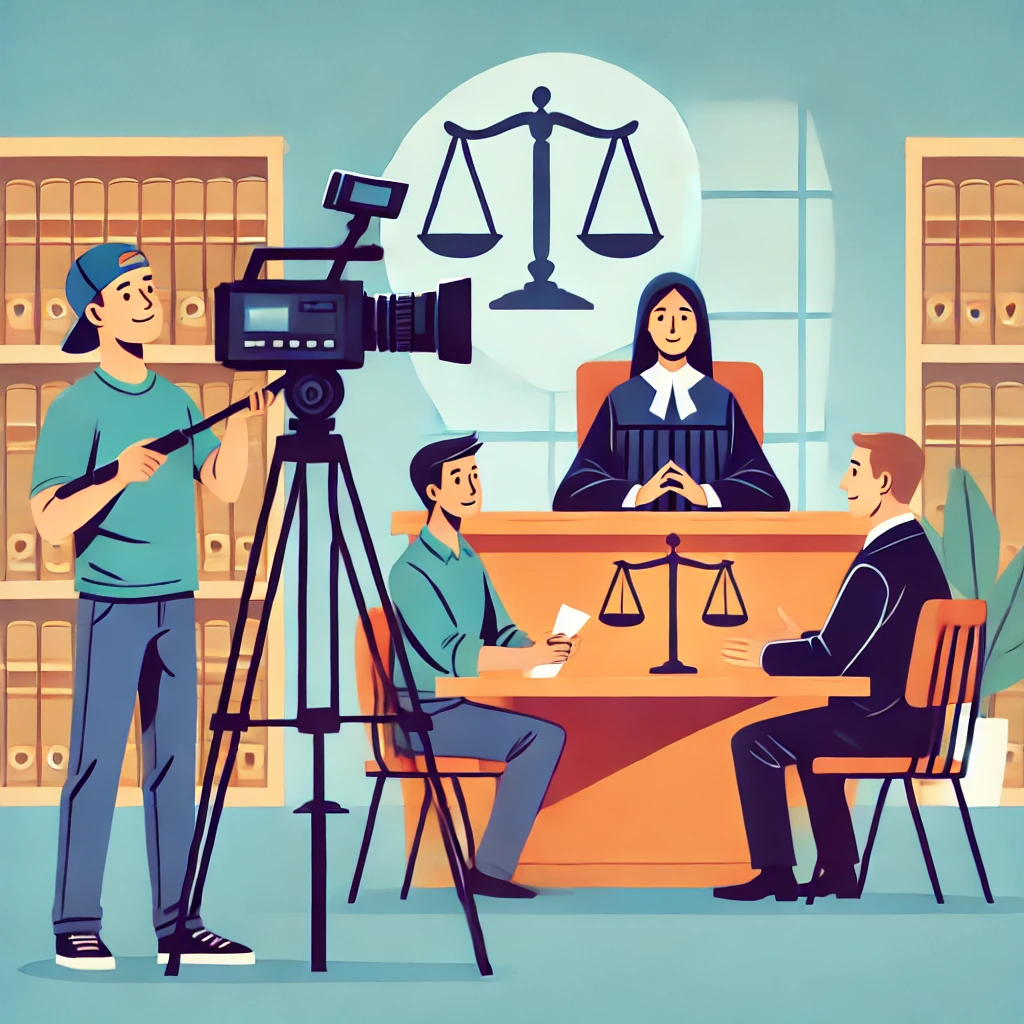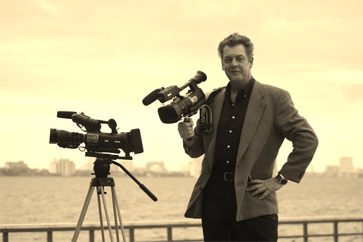Recognizing the Value of Videography in Legal Proceedings
The combination of videography into lawful proceedings has emerged as a significant variable in the presentation and interpretation of evidence. By capturing visual elements such as body language and facial expressions, videography enhances the narrative surrounding witness statements and can profoundly influence jury understandings.
Role of Videography in Proof
Videography plays a significantly important duty in lawful process, functioning as an effective tool for offering evidence. The integration of video clip recordings right into the legal structure permits a much more dynamic representation of realities, enabling jurors and judges to imagine events as they took place. This visual documentation can encompass a variety of products, including security video, tape-recorded witness statements, and expert demonstrations, every one of which can dramatically improve the evidentiary landscape.
Among the key benefits of videography is its capacity to catch nuances that might be lost in written accounts. Faces, body language, and situational context can provide vital insights, helping to communicate emotions and purposes that message alone can not. The usage of video evidence promotes an extra interesting court experience, possibly aiding jurors in comprehending complicated cases.
As modern technology advancements, the high quality and ease of access of videographic evidence have actually enhanced, making it an indispensable part of contemporary lawful methods. Courts significantly recognize the value of video clip as a reliable source of details, triggering lawyers to adapt their strategies for evidence discussion. Eventually, videography serves not only to show truths but additionally to improve the general stability of the judicial procedure.

Enhancing Trustworthiness and Clearness
A substantial benefit of incorporating videography in legal process is its ability to boost both credibility and clarity of proof offered in court. Videographic evidence can catch subtleties that written documents might forget, such as tone, body language, and context. This visual depiction enables juries and judges to better comprehend the situations bordering the instance, thereby cultivating a more accurate understanding of the occasions in inquiry.

Furthermore, the quality paid for by videography lowers the chance of misconception that can occur from textual descriptions. This precision is especially vital in complicated cases, where information can be easily misunderstood. Ultimately, by offering proof in an aesthetically easily accessible style, videography not only strengthens the stability of the judicial process yet additionally sustains enlightened decision-making by those involved in legal procedures.
Effect On Court Assumption
The inclusion of videographic proof significantly influences court perception, often bring about much more engaged and informed considerations. Jurors are usually a lot more responsive to aesthetic info, which can enhance their understanding of intricate situations. Videography offers facts in a fashion that is both compelling and available, enabling jurors to connect with the evidence on a more personal level.
Furthermore, the ability to witness events as they happened can stimulate emotional responses that written records or verbal testaments may fall short to evoke. This psychological interaction can lead jurors to form more powerful opinions concerning the trustworthiness of witnesses and the total narrative of the situation. The aesthetic depiction of evidence likewise helps in making clear uncertainties, making it less complicated for jurors to understand the context and value of the information offered.
Additionally, videography can work as an effective tool for narration, enabling lawyers to construct a persuasive narrative that resonates with the jury. When jurors can visualize circumstances and witness crucial moments, their capability to deliberate attentively and reach a knowledgeable judgment is considerably boosted, inevitably influencing the end result from this source of legal procedures.
Ideal Practices for Legal Videography
Applying best practices in lawful videography is crucial for making certain that aesthetic evidence is both efficient and legitimate in the courtroom. Choose certified experts that specialize in legal videography to make certain the technological quality of the recordings. This consists of utilizing high-resolution cameras and expert audio tools to capture clear visuals and sound.
Second, maintain proper documents throughout the recording procedure. This includes developing a detailed log that includes timestamps, summaries of the material, and the identifications of all individuals existing. Such documentation can reinforce the credibility of the video clip.

In addition, consider the use of suitable editing strategies. While it is important to preserve the initial content, minor modifications for clearness-- such as improving audio levels-- can enhance the total discussion without altering the material.
Future Trends in Legal Videography
As lawful videography proceeds to evolve, arising technologies and methods are forming the future landscape of visual evidence in the court room (Legal Videography). One considerable trend is the integration of high-definition and 4K video high quality, improving the clarity and detail of tape-recorded testimonies and evidence. This enhanced resolution help jurors in comprehensively evaluating the reliability of witnesses and the subtleties of the offered materials
Additionally, using artificial intelligence (AI) in video clip evaluation is acquiring traction. AI tools can help in recognizing key minutes in footage, producing records, and also examining non-verbal communication, which provides deeper insights right into witness integrity. Virtual fact (VIRTUAL REALITY) and enhanced fact (AR) are poised to transform just how proof is offered, allowing jurors to immerse themselves in criminal offense scenes or scenarios, thereby cultivating an extra extensive understanding of the context.
Final Thought
In recap, videography serves as a crucial device in legal process, boosting the discussion of evidence and enhancing the overall understanding of situations. By catching non-verbal hints and strengthening the integrity of witness accounts, videography significantly affects jury assumption and decision-making processes - Legal Videography. Abiding by ideal practices guarantees the effectiveness of legal videography, while emerging trends guarantee to further boost its role in the judicial system, eventually cultivating an extra informed and engaged legal atmosphere
Videography plays a progressively critical role in lawful proceedings, offering as an effective tool for presenting proof.A considerable advantage of including videography in lawful proceedings is its ability to enhance both reputation and clearness of evidence presented in court. Ultimately, by offering evidence in a visually easily accessible format, videography not just strengthens the honesty of the judicial procedure but additionally sustains enlightened decision-making by those included in legal procedures.
In recap, videography offers as a crucial device in legal proceedings, enhancing the discussion of evidence and enriching the original source the overall understanding of instances. Legal Videography. Sticking to ideal methods guarantees the effectiveness of legal videography, while emerging trends assure to further enhance its role in the judicial system, ultimately fostering a more educated and involved lawful atmosphere
Comments on “Legal Videography: A Comprehensive Guide to Recording Depositions”